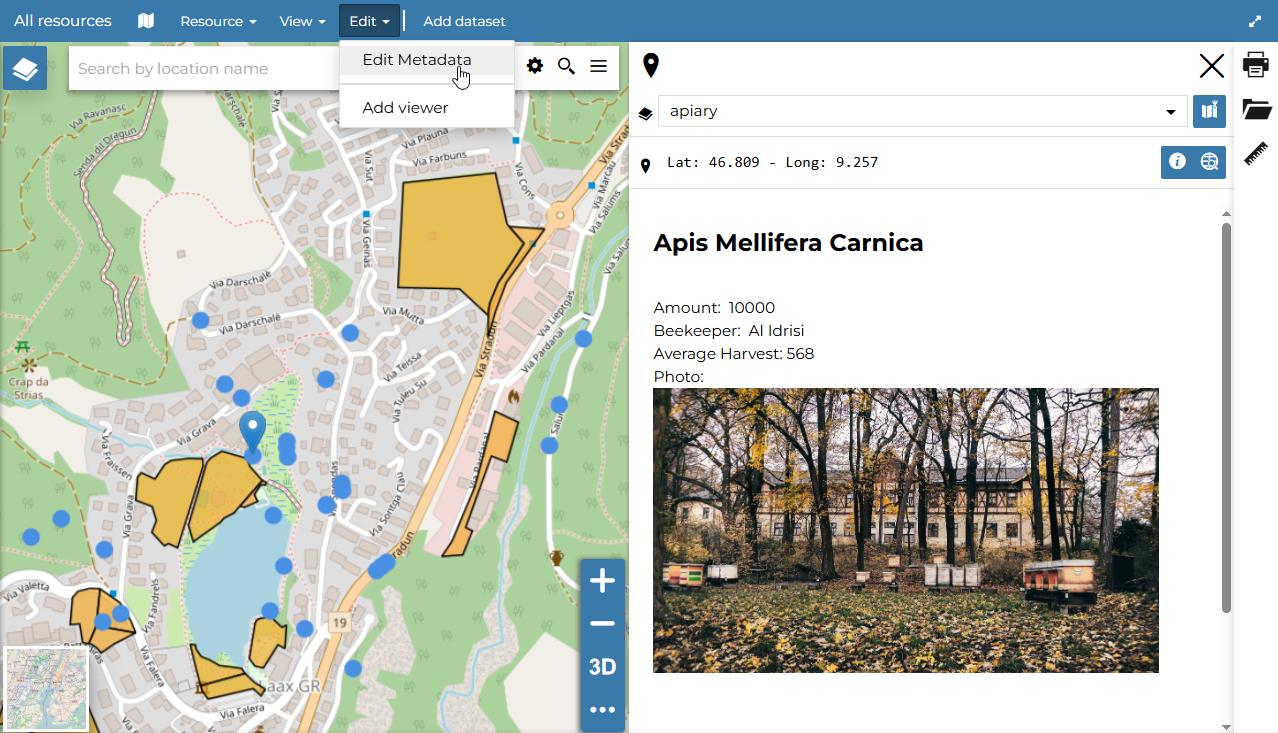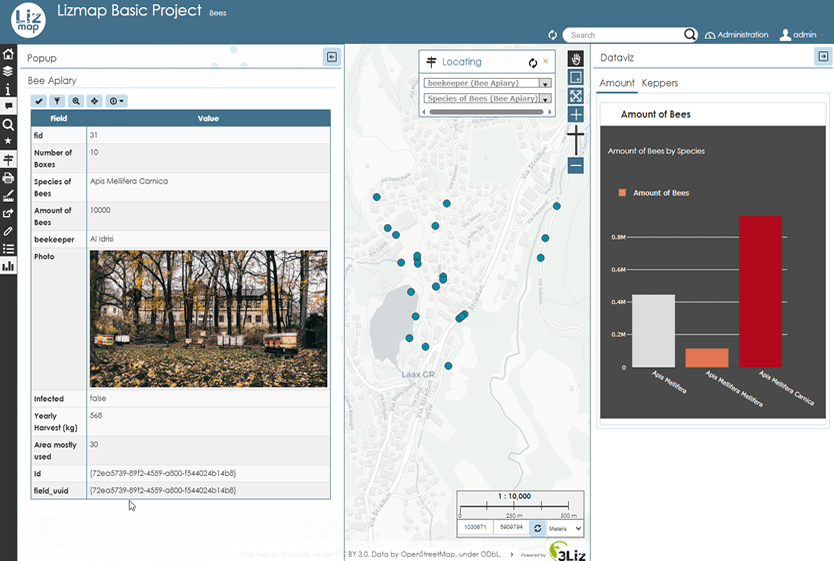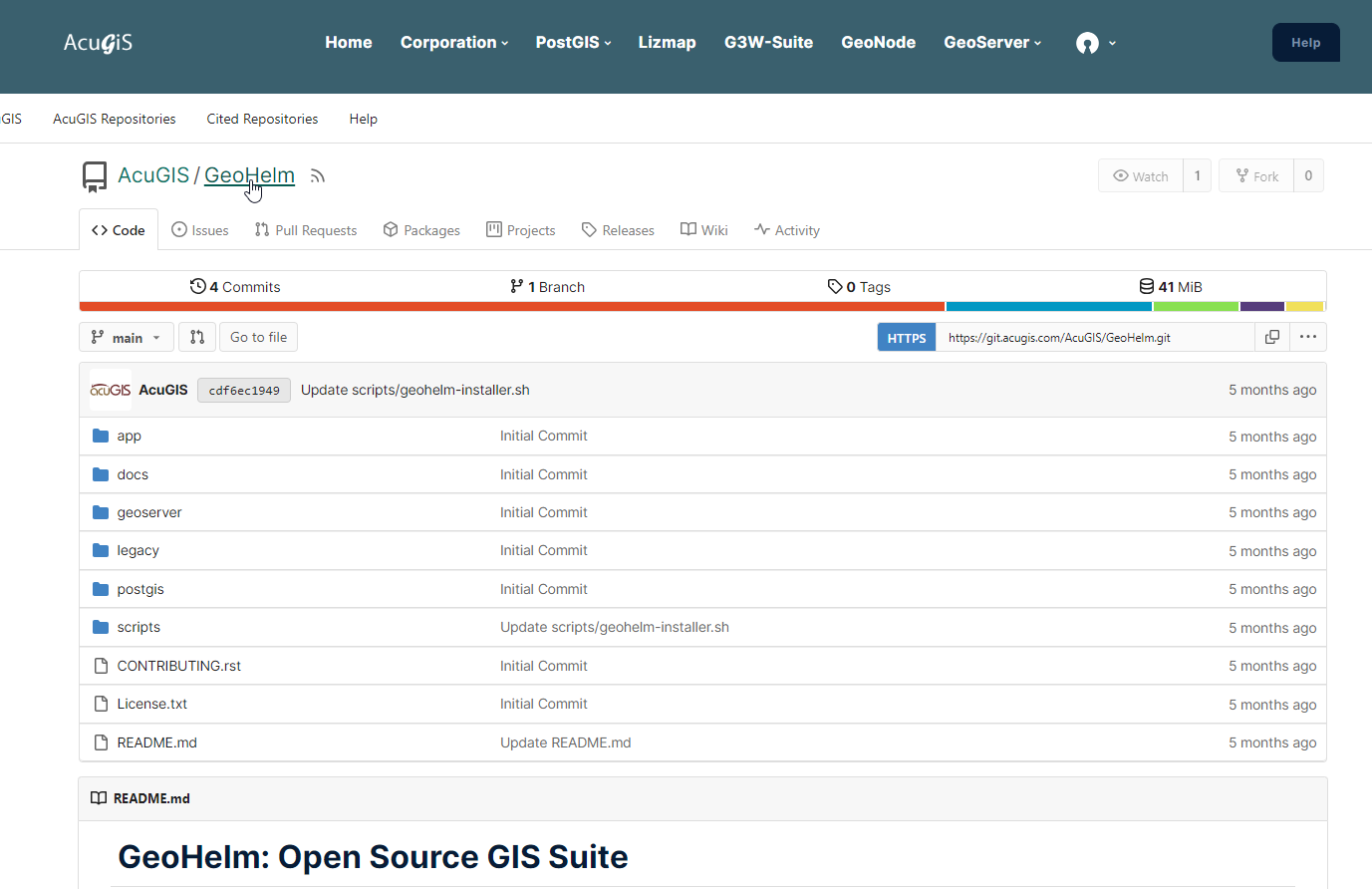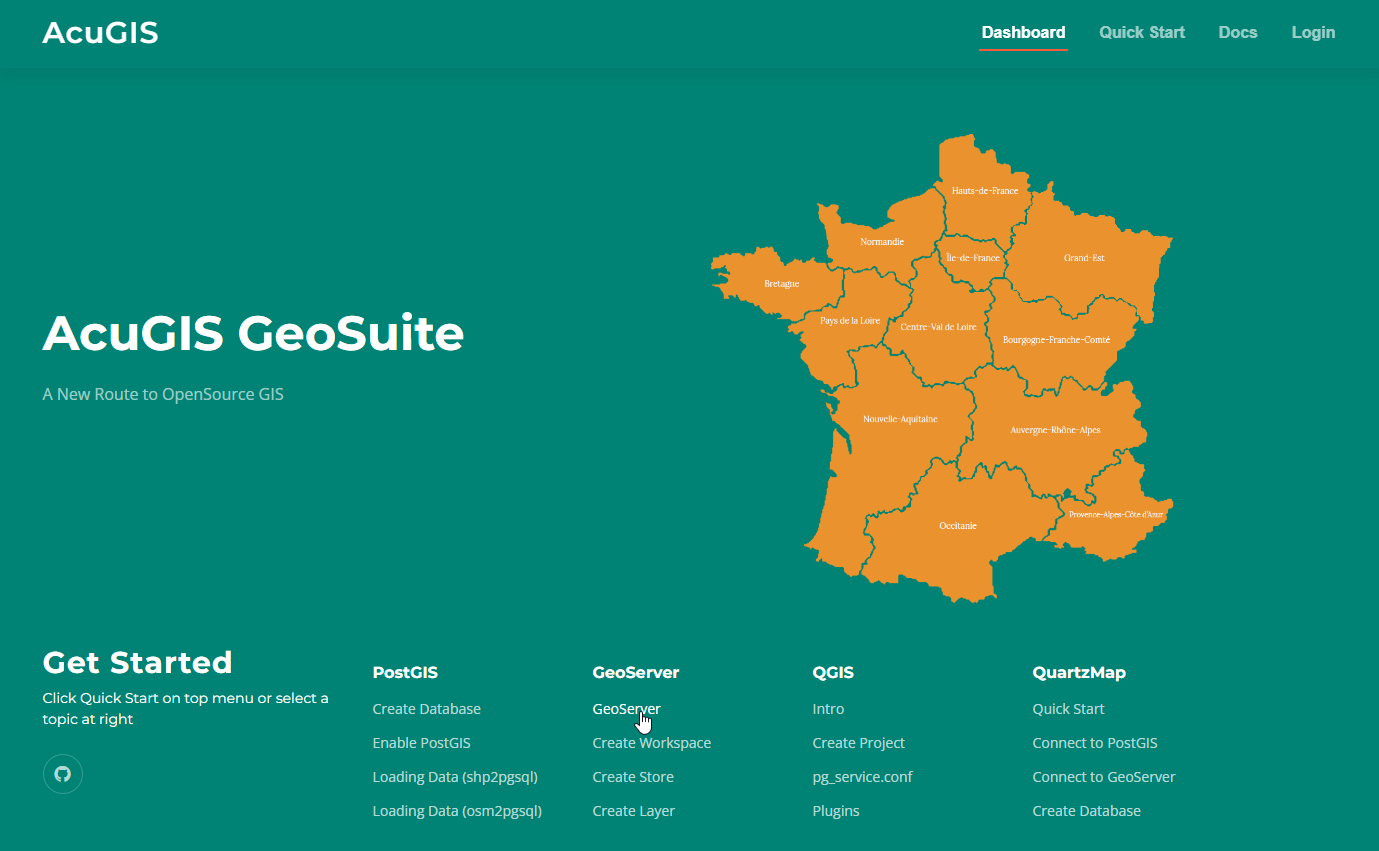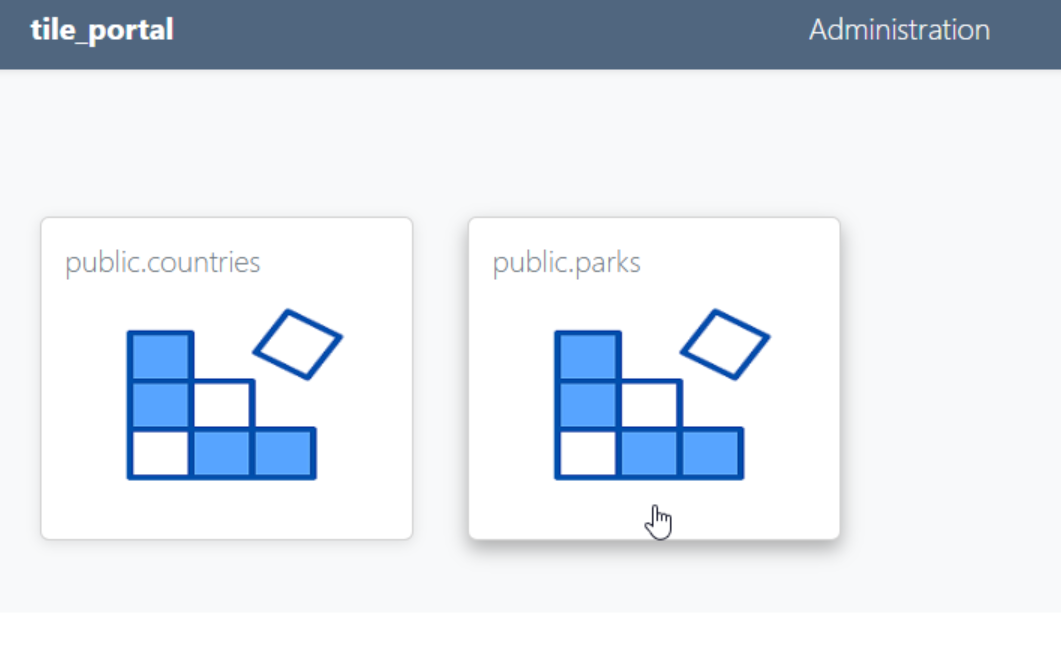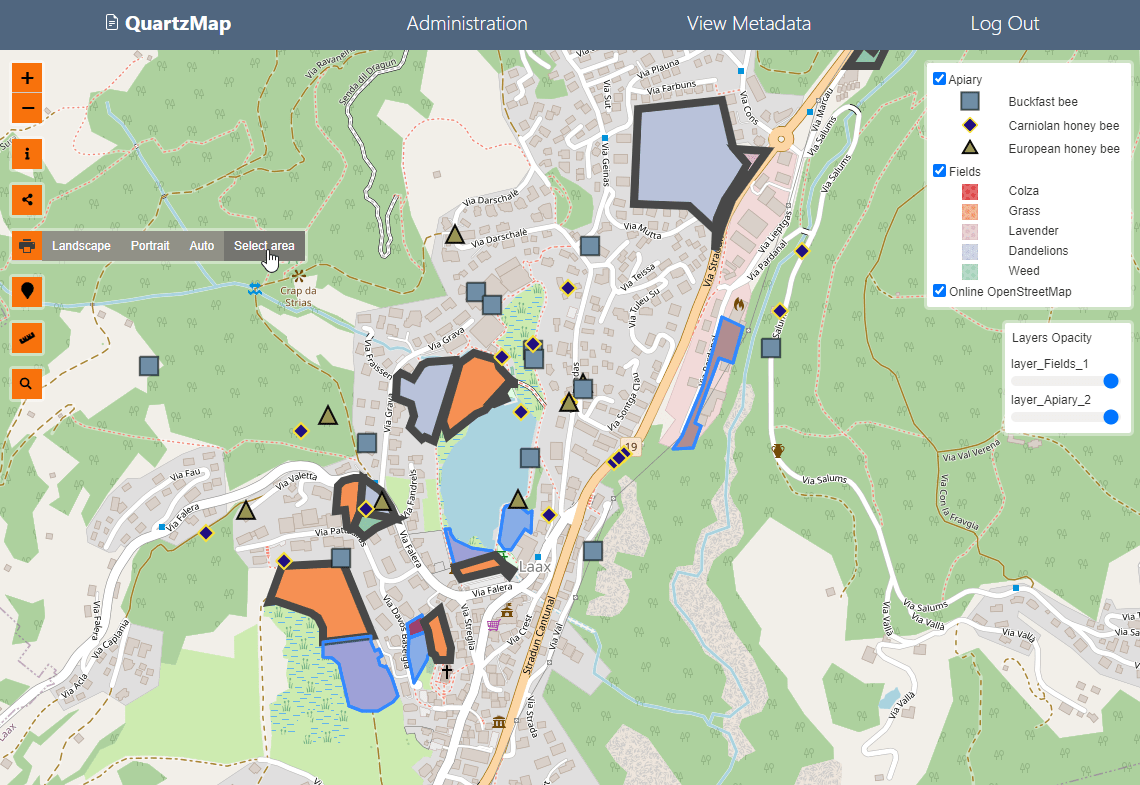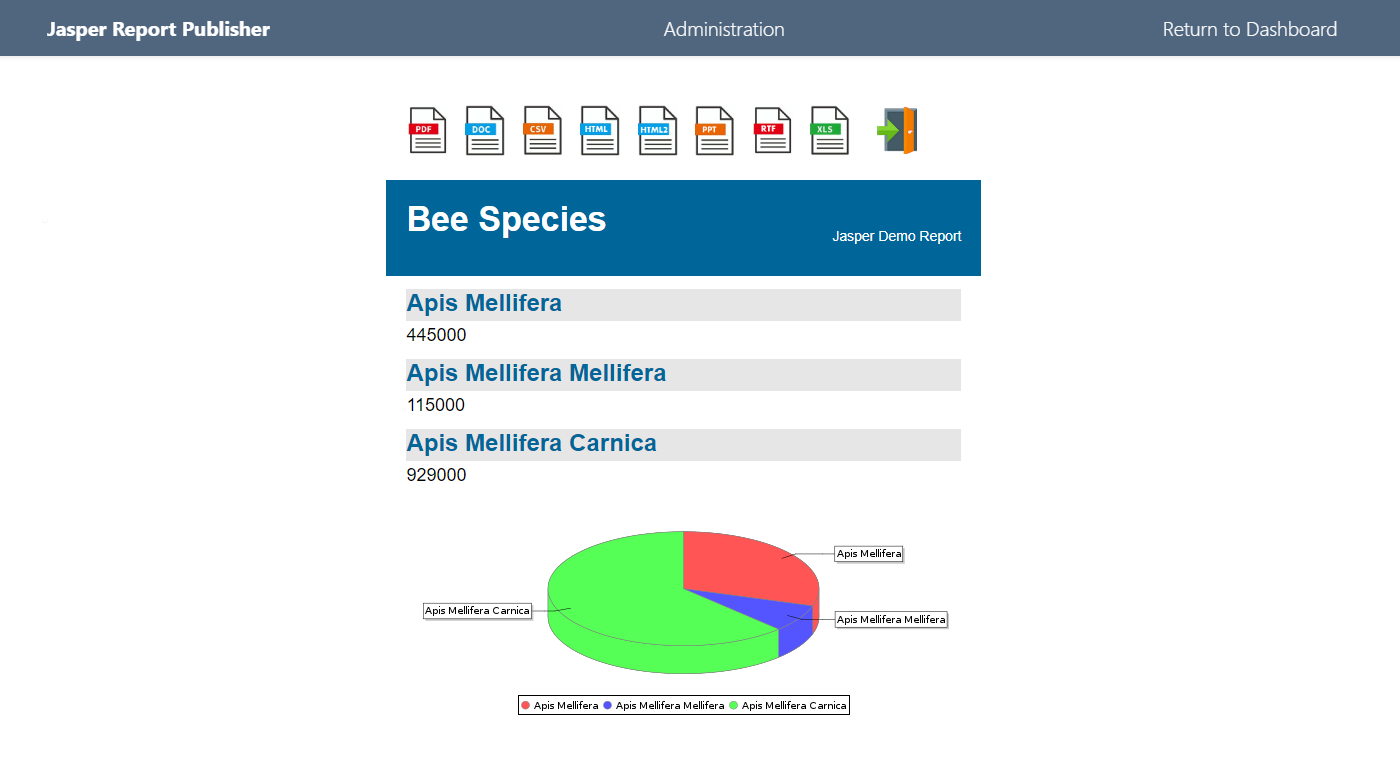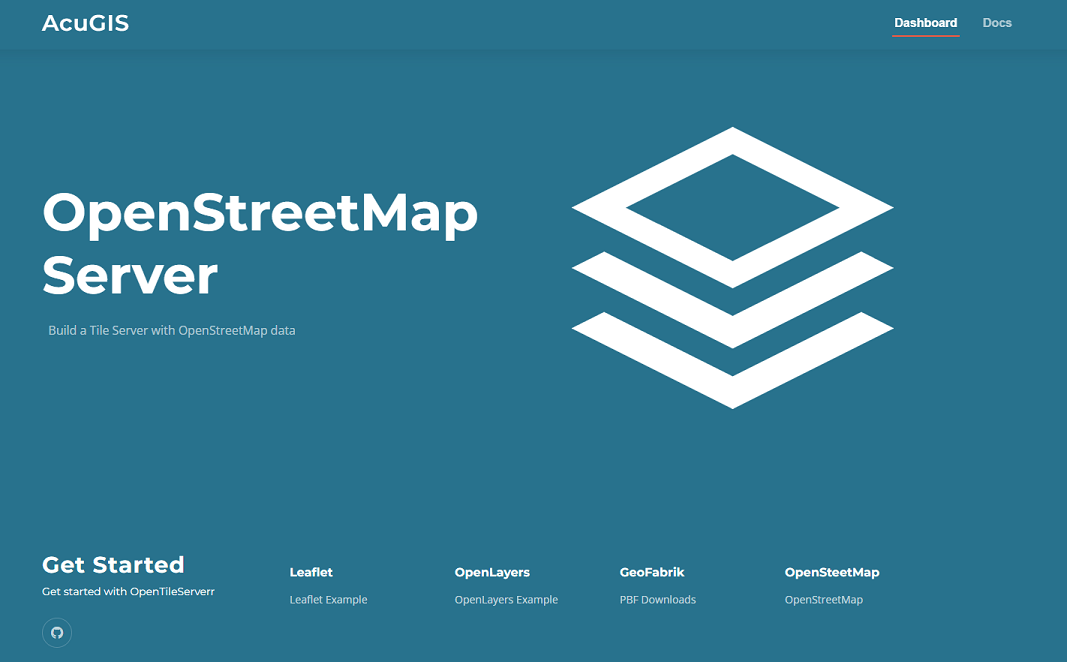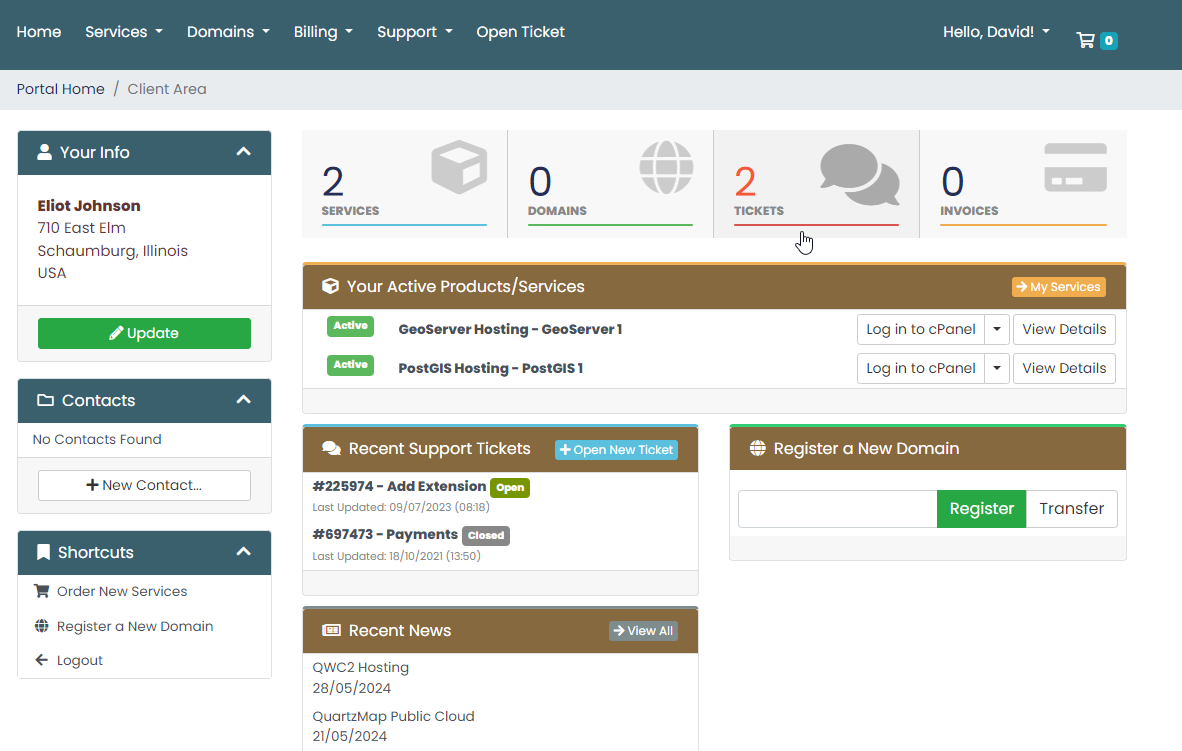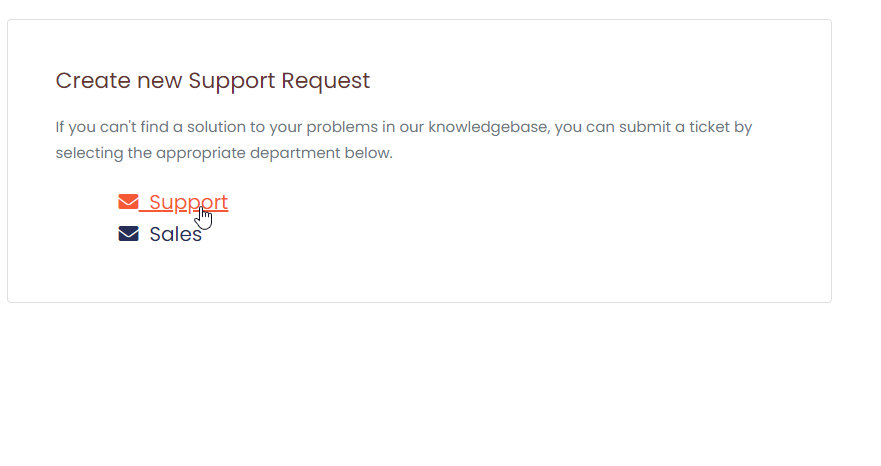Welcome to the new AcuGIS Blogs
New CSV2PGSQL Tool (GDAL)
We have added a new tool, CSV2PGSQL to the GIS Tools section of our control panel.
The UI uses GDAL to upload your CSV directly into your PostGIS database(s).
The CSV2PGSQL tool will be rolled out to all servers over the weekend.
Current options are:
PG_USE_COPY: Check to set to “YES” for using COPY for inserting data to PostGIS DB.
GEOM_TYPE: The GEOM_TYPE layer creation option can be set to one of “geometry”, “geography”
We will be adding additional options based on feedback.
Neatline 2.4 Released
Scholars’ Lab has released Neatline 2.4
You can read announcement and info here: http://scholarslab.org/announcements/neatline-2-4-0/
As with any new release, it is now default install when using our auto-installer.
raster2pgsql GUI
We have added our new raster2pgsql GUI to our control panel.
The new tool is located in the GIS Tools section of your control panel (see below).
For GeoServer hosting you will find it simpler to load via GeoServer, but for PostGIS Hosting it should come in handy.
You can still invoice raster2pgsql via shell as well.

The tool is currently on our PostgreSQL 9.4 servers but will be added to all servers during the coming week.
Please report any bugs or issues.

 PostGIS
PostGIS Mobile
Mobile QGIS
QGIS MapBender
MapBender GeoServer
GeoServer GeoNode
GeoNode GeoNetwork
GeoNetwork Solutions
Solutions




